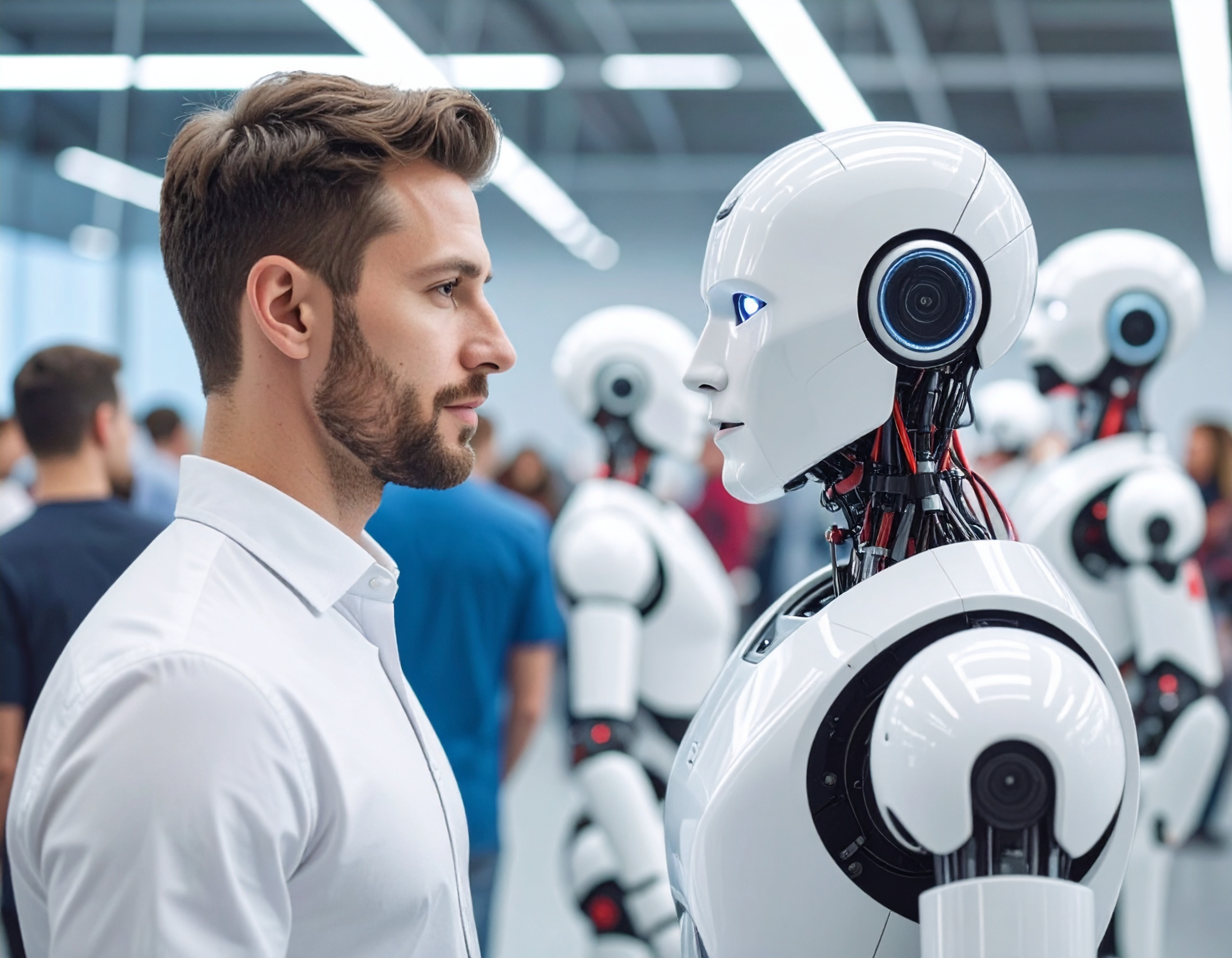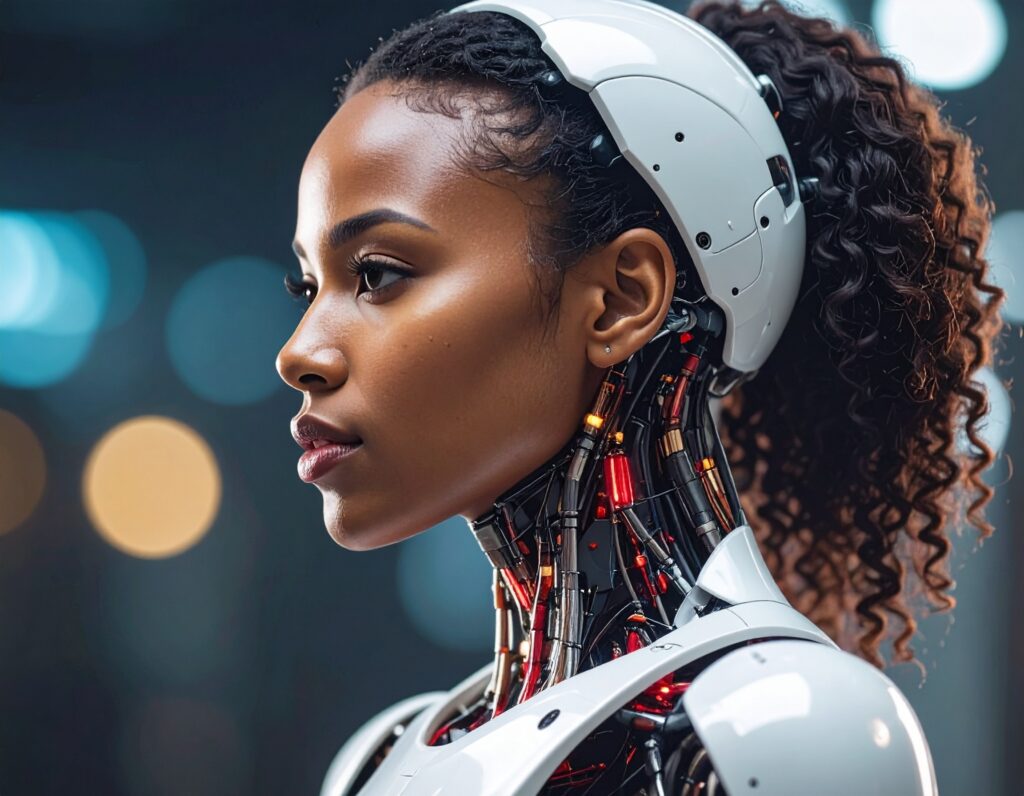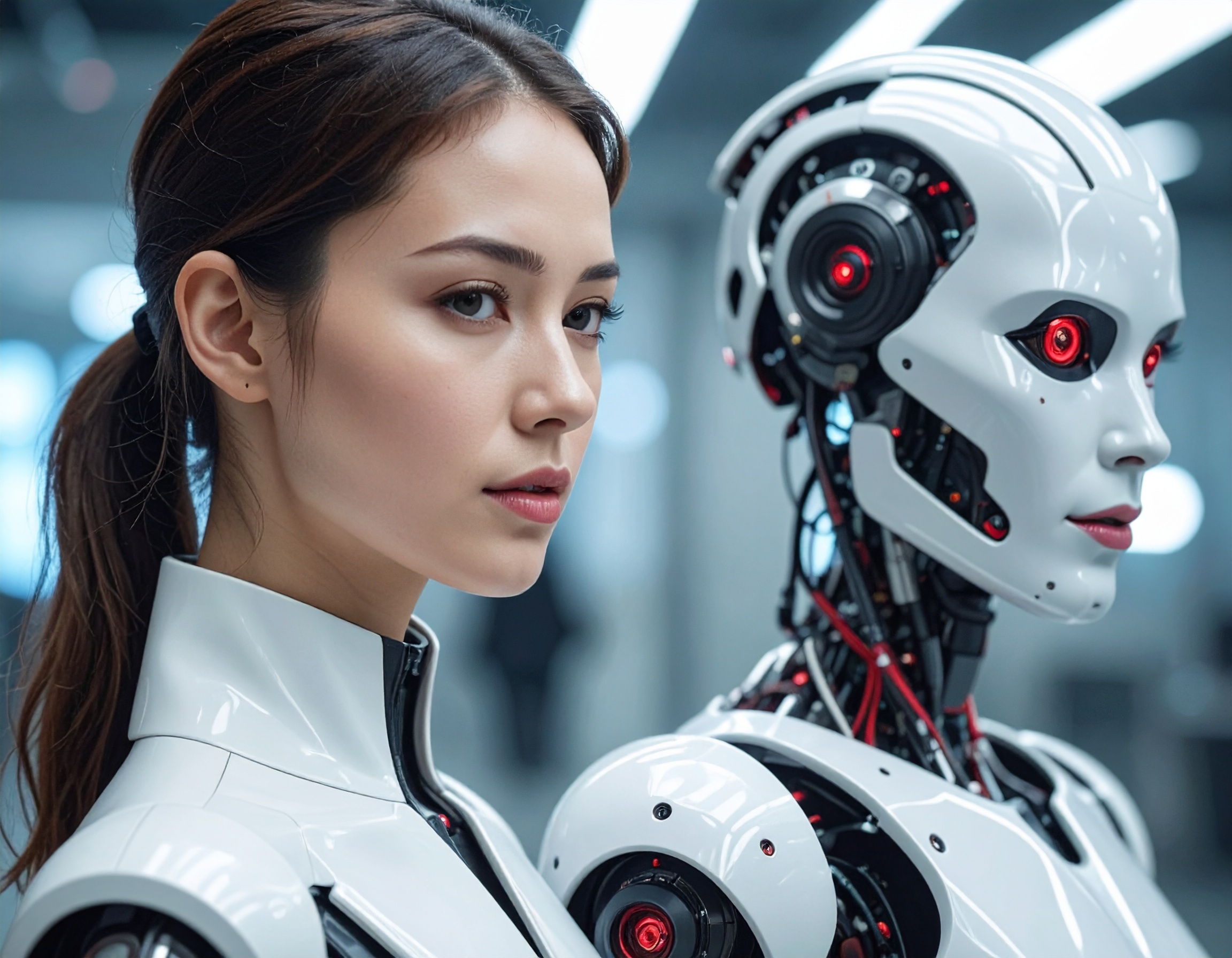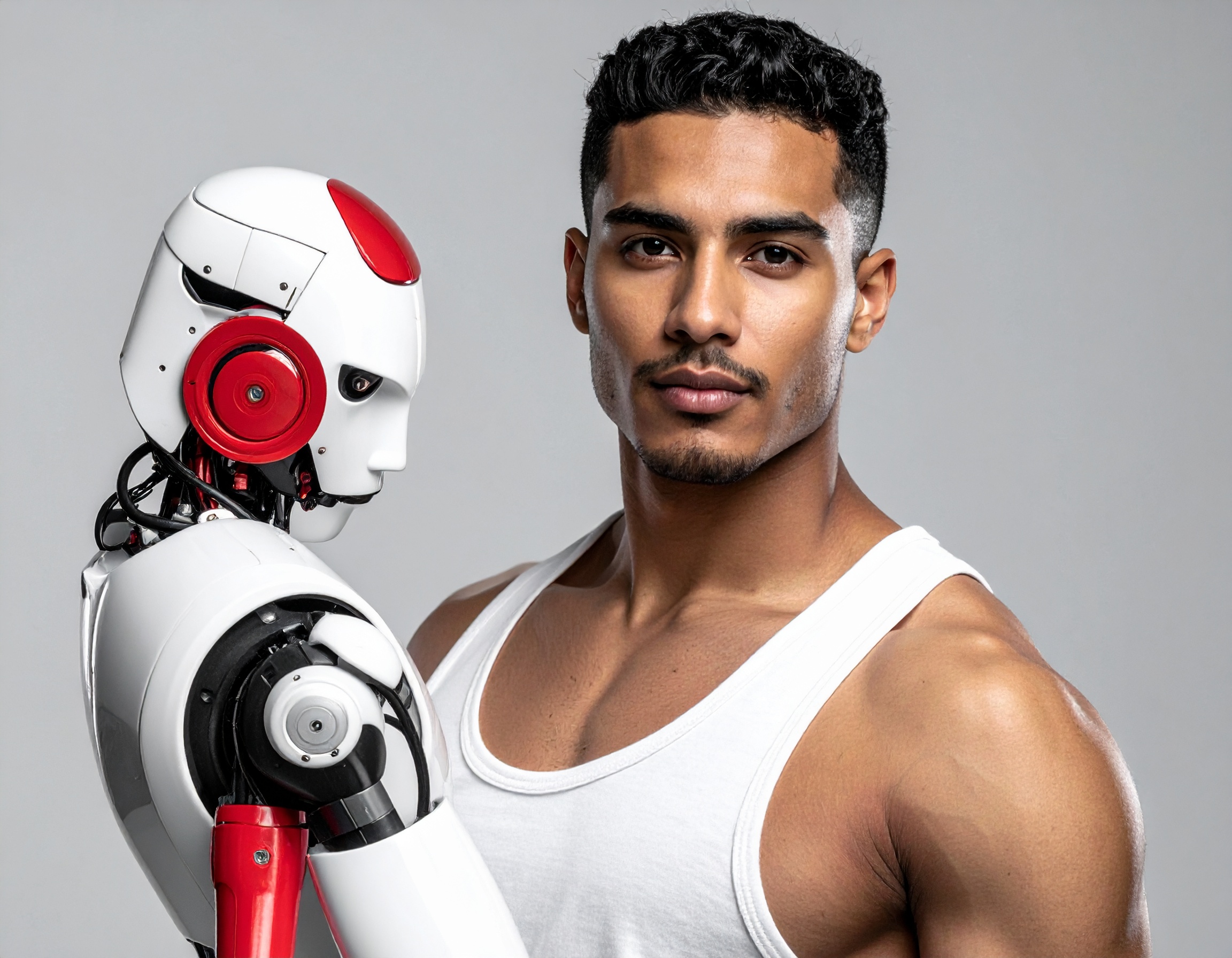Breakthrough in Robotics: Artificial Nervous System Brings Non-Human Workers Closer to Human Sensation

Revolutionary Tech Unveiled in July 2025
In July 2025, researchers from the Korea Advanced Institute of Science and Technology (KAIST) announced a major leap forward in robotics by developing an artificial nervous system that allows robots to “feel” like humans. The innovation mimics the human nervous system and uses flexible organic semiconductors, giving robotic systems the ability to react quickly to touch, pressure, or pain. This breakthrough, if commercialized, could significantly improve how AI Employees and Non-Human Workers interact with the physical world, making them safer and more effective in real-world tasks.
How It Works and Why It Matters
The artificial nervous system—called “neuro-tactile skin”—combines pressure sensors with neural signal processing to imitate biological skin functions. Unlike previous systems that responded slowly or lacked sensitivity, this one enables robots to detect harmful stimuli in milliseconds. That makes them capable of reflex-like reactions, similar to how humans instinctively pull their hand away from a hot surface. It’s a crucial development for robotic safety, especially in environments like healthcare, construction, or elderly care, where sensitive human-robot interaction is essential.

Applications Across Industries
This technology can redefine the way Non-Human Workers operate. For example, manufacturing robots could handle delicate materials without breaking them, or robotic caregivers could assist patients more sensitively. Voice AI Agents could also benefit from embedded touch sensitivity, adding a layer of contextual awareness to voice interactions. The KAIST team demonstrated the system by integrating it into a robotic hand, which then responded to different levels of contact, showcasing the technology’s real-time capabilities.
Next Steps and Global Impact
Although still in the research stage, the team is looking to make the system commercially viable within the next few years. Its potential for enhancing the autonomy and intelligence of AI Employees is enormous. As more industries adopt automation, this innovation could significantly influence the future of human-robot cooperation, making AI not only smarter but also more intuitive.
Key Highlights:
- July 2025: KAIST unveils an artificial nervous system for robots.
- System mimics human skin using organic semiconductors.
- Robots can now feel pain or pressure and react within milliseconds.
- Applicable across industries like healthcare, manufacturing, and personal assistance.
- Marks a major step toward emotionally and physically responsive AI Employees.
Reference:
https://mezha.media/en/news/shtuchna-nervova-sistema-dlya-robotiv-303453/amp/


